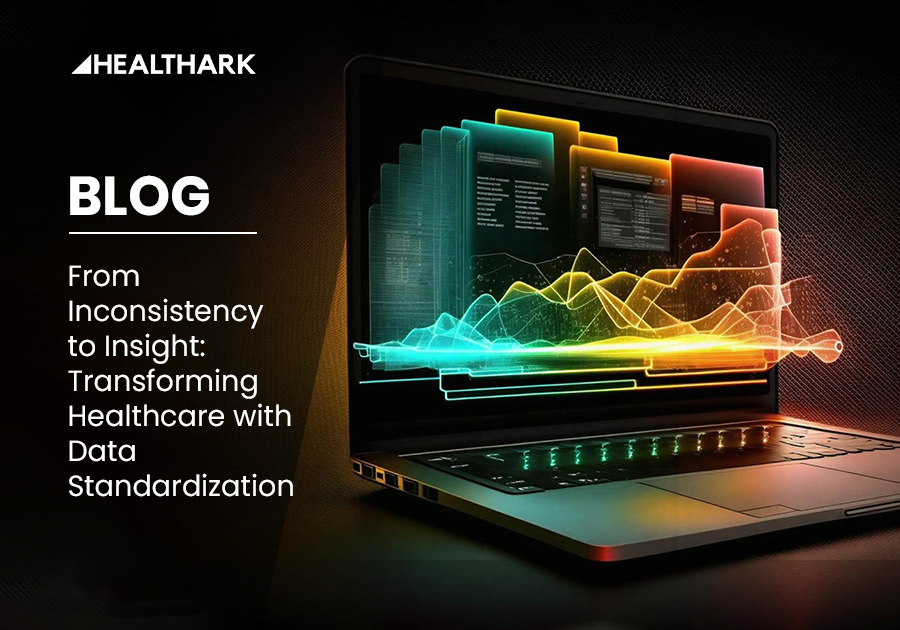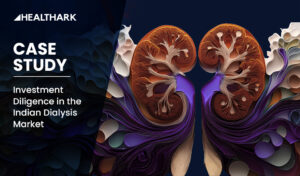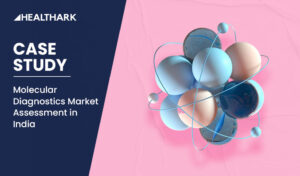In today’s healthcare environment, the volume of data is growing rapidly, driven by the widespread adoption of electronic health records, patient-generated data, advanced medical devices and many more. With data generation increasing at an estimated 47% annually, the focus is not just on managing large volumes of information but on ensuring its quality and usability. Organizations and researchers are looking for data that is ready to use to derive insights, improve outcomes, and support decision-making.
Data standardization plays a crucial role in meeting these demands by ensuring data from various sources can be compared, shared, and used across different systems
This blog post explores the concept of data standardization in healthcare, the key resources and frameworks that support this process, such as terminology standards, content and exchange standards, and data models.
What is Data Standardization?
Data standardization is the process of converting data from various formats into a standardized format that can be used consistently across different systems. This ensures that information, regardless of its source or original format, is interpretable and usable by different healthcare stakeholders. It helps in eliminating inconsistencies and errors, making data more accurate and reliable. It also enhances interoperability among various electronic health record (EHR) systems and healthcare applications, facilitating better communication and coordination among healthcare providers.

Understanding Data Standardization Resources and Frameworks
Data standardization in healthcare involves several key resources and frameworks, each contributing to the uniformity and usability of data. These include terminology standards, content and exchange standards, and data models.
Let’s explore how each of these components plays a crucial role in the standardization process.
Terminology Standards
Terminology standards provide a consistent language for healthcare providers by standardizing the terms used in medical records, ensuring clarity and consistency across different systems.
These standards involve predefined terms that help maintain uniformity in how medical information is documented and communicated, crucial for universal understanding and actionable insights in healthcare.
The following examples highlight some of the most commonly used terminology standards:
Disease and Condition Classification
ICD (International Classification of Diseases): Used globally for consistent recording of diseases and health conditions (e.g., Type 2 diabetes mellitus: E11).
SNOMED CT (Systematized Nomenclature of Medicine—Clinical Terms): A detailed set of codes that provides precise representation of clinical information across different healthcare providers (e.g., Type 1 diabetes: 46635009).Laboratory and Clinical Observations
LOINC (Logical Observation Identifiers Names and Codes): Standardizes terms for clinical and laboratory observations and measurements (e.g., Glycated Hemoglobin A1c test: 4548-4).
Procedural Codes
RxNorm: Offers normalized names for clinical drugs and links its names to many of the drug vocabularies commonly used in pharmacy management and drug interaction software (e.g., Metformin HCl 500 mg Extended Release Tablets: 860975).
ATC (Anatomical Therapeutic Chemical): This international standard categorizes active substances of drugs according to the organ or system they act upon and their therapeutic, pharmacological, and chemical properties (e.g., Metformin: A10BA02).
NDC (National Drug Codes): This United States-specific coding system ensures that each drug is uniquely identified (e.g., Metformin HCl 500 mg tablets: 0002-4462-30).
Medication and Pharmacy
CPT (Current Procedural Terminology): Provides codes for a wide range of medical, surgical, and diagnostic services (e.g., chest X-ray: 71045).
HCPCS (Healthcare Common Procedure Coding System): A standardized coding system that is used primarily to identify products, supplies, and services not included in the CPT codes (e.g., influenza vaccine administration: G0008).
ICD-10-PCS (International Classification of Diseases, Tenth Revision, Procedure Coding System): Used for coding inpatient procedures (e.g., PCI with drug-eluting stent: 027134Z).Content and Exchange Standards
- Content and exchange standards specify how data should be formatted and transmitted between IT systems to ensure it remains structured and secure.
They establish common formats and protocols, ensuring seamless data sharing and processing between disparate systems. This is essential for interoperability, which allows various healthcare applications and IT systems to communicate and exchange information efficiently. Maintaining data integrity during exchanges is critical for preserving the quality of patient care, as it ensures the information remains accurate and consistent. Additionally, streamlined data exchange helps healthcare providers reduce the administrative burdens associated with data management, enabling them to allocate more resources to direct patient care.
Some of the examples include:
FHIR (Fast Healthcare Interoperability Resources): A modern framework for efficiently exchanging healthcare information, designed for real-time data sharing in mobile apps, cloud-based systems, and analytics platforms.
HL7 (Health Level Seven International): A set of standards that ensures seamless communication and integration of healthcare data, supporting patient records, lab reports, and administrative workflows across diverse systems.
DICOM (Digital Imaging and Communications in Medicine): Primarily used for imaging data, DICOM ensures that medical images and related information are standardized and interoperable.
X12 EDI (Electronic Data Interchange): This standard is crucial for the exchange of electronic data related to healthcare transactions, including billing and claims processing.
The Role of Data Models in Standardization
- Data models are frameworks that help organize data by defining how different data elements relate to one another and are stored. They are essential in establishing how information is formatted and maintained across systems, facilitating data standardization and interoperability.
A data model is essentially a blueprint for data: it maps out the data elements, and their relationships, and defines how data is processed and stored. This helps in structuring data in a way that it can be universally understood and used across different systems, crucial for achieving consistency in data management.
Examples:
OMOP (Observational Medical Outcomes Partnership) Common Data Model: Enables the integration of various healthcare data into a common format, simplifying analysis and enhancing research capabilities.
PCORnet (Patient-Centered Outcomes Research Network) Common Data Model: Designed to advance patient-centered comparative effectiveness research, this model standardizes data collected from electronic health records and other health data sources.
All of Us Research Program: Utilizes a specific data model to manage and analyze a wide array of health data from diverse populations to empower research on a multitude of health conditions.
These models ensure that the data collected from different sources can be compared and analyzed in a standardized way, which is vital for research, reporting, and decision-making in healthcare.
Example of Data Standardization and Interoperability
A large healthcare system with facilities across multiple regions faced significant challenges due to fragmented data practices. Inconsistent terms were used to document similar conditions, medications, and procedures, while patient data was stored in disparate formats. These inefficiencies impeded care quality, complicated operational reporting, and limited participation in collaborative research.

Challenges and Solutions:
- Inconsistent terminology across the system: Clinicians across the healthcare system documented medical information differently. For instance, “type 2 diabetes mellitus” could be documented as “adult-onset diabetes” or “T2DM,” among other variations. This inconsistency complicated the aggregation and analysis of patient data for system-wide reporting and research purposes.
- Solution: Using terminology standards for consistent coding
The healthcare system implemented a range of terminology standards to harmonize medical documentation. ICD-10 codes were applied to disease classification, while CPT codes were used to standardize procedures, alongside additional standards covering various aspects of healthcare. The adoption of these standards created a unified language across all facilities, significantly reducing ambiguities and enhancing communication among clinicians, which in turn improved documentation, reporting, and data analysis.
- Solution: Using terminology standards for consistent coding
- Fragmented data models and external collaboration barriers: Patient data resided in siloed systems, including electronic health records (EHRs), pharmacy logs, and registries, each using its own format. This fragmentation hindered comprehensive data analysis and collaboration with research institutions and other healthcare systems due to the lack of a standardized data-sharing framework.
- Solution: Data harmonization with OMOP CDM
To address these issues, the system adopted the OMOP Common Data Model. OMOP harmonized disparate data sources into a unified structure, enabling seamless integration and analysis. This facilitated broader collaboration and participation in large-scale clinical research, significantly enhancing the healthcare system’s research capabilities without extensive manual data transformation.
- Solution: Data harmonization with OMOP CDM
- Enabling Advanced Applications and Real-Time Interoperability with FHIR: As healthcare technology evolved, there was a critical need for a more dynamic and interoperable framework to support not only traditional healthcare operations but also the development of real-time applications, such as patient portals, mobile health apps, and comprehensive clinical decision support systems.
Solution: Adoption of FHIR
The system implemented FHIR to meet these challenges. FHIR is a robust standard that supports complex data exchange, integration, and sharing between healthcare applications. It facilitates the development of a wide range of applications that can interact seamlessly with existing healthcare data infrastructures, ensuring real-time access to patient data.
Through strategic implementations of standardization and interoperability solutions, the healthcare system has effectively addressed critical data challenges, enhancing both the efficiency of care delivery and the quality of patient outcomes.
Benefits of Data Standardization
- Enhanced Data Quality: Consistent and reliable data across all platforms.
- Improved Patient Care: Enables informed decision-making, leading to better health outcomes.
- Increased Interoperability: Effective communication and data exchange across healthcare systems.
- Support for Research and Public Health Policies: Robust data analysis aids in medical research and policy formulation.
- Efficiency in Healthcare Operations: Reduces administrative burdens, allowing more focus on patient care.
Recent Advancements in Healthcare Data Standardization
Healthcare data standardization has witnessed numerous advancements in recent years, driven by the growing demand for high-quality, interoperable, and actionable data. These innovations aim to address the challenges of integrating diverse datasets across systems, facilitating research, improving patient care, and supporting public health initiatives. Below, we highlight two significant advancements that showcase the evolving landscape of data standardization:
- Transformation of Clinical Trial Data into the OMOP CDM
The OMOP Common Data Model, traditionally used for observational data, is now being adapted to integrate clinical trial datasets. This transformation enables researchers and pharmaceutical companies to compare real-world data (RWD) with randomized controlled trial (RCT) data, facilitating drug development and evidence-based care improvements. The ETL process standardizes key elements like demographics, adverse events, and laboratory results, enhancing the utility of trial data for large-scale research. FHIR GPT: AI-Driven Interoperability
FHIR GPT, developed at Northwestern Medicine, leverages AI to convert electronic health record (EHR) data into FHIR standards with 90% accuracy. This tool improves interoperability by standardizing medication administration, dosage, and timing data, enabling seamless data exchange across health systems. Its applications include clinical trials, public health surveillance, and advancing patient care equity.
Looking Ahead: The Future of Healthcare Data Management
As illustrated by these advancements, the healthcare data landscape is evolving rapidly. Technologies such as AI-driven standardization tools and the expansion of models like OMOP CDM are transforming how health data is managed and utilized. These advancements are driven by a growing demand for data that is not just abundant but actionable, consistent, and interoperable. Whether it’s improving drug development through integrated datasets or enhancing patient outcomes with streamlined data sharing, innovations in data standardization are reshaping the future of healthcare. They highlight the critical role of technology and collaboration in addressing complex healthcare challenges and driving progress.




